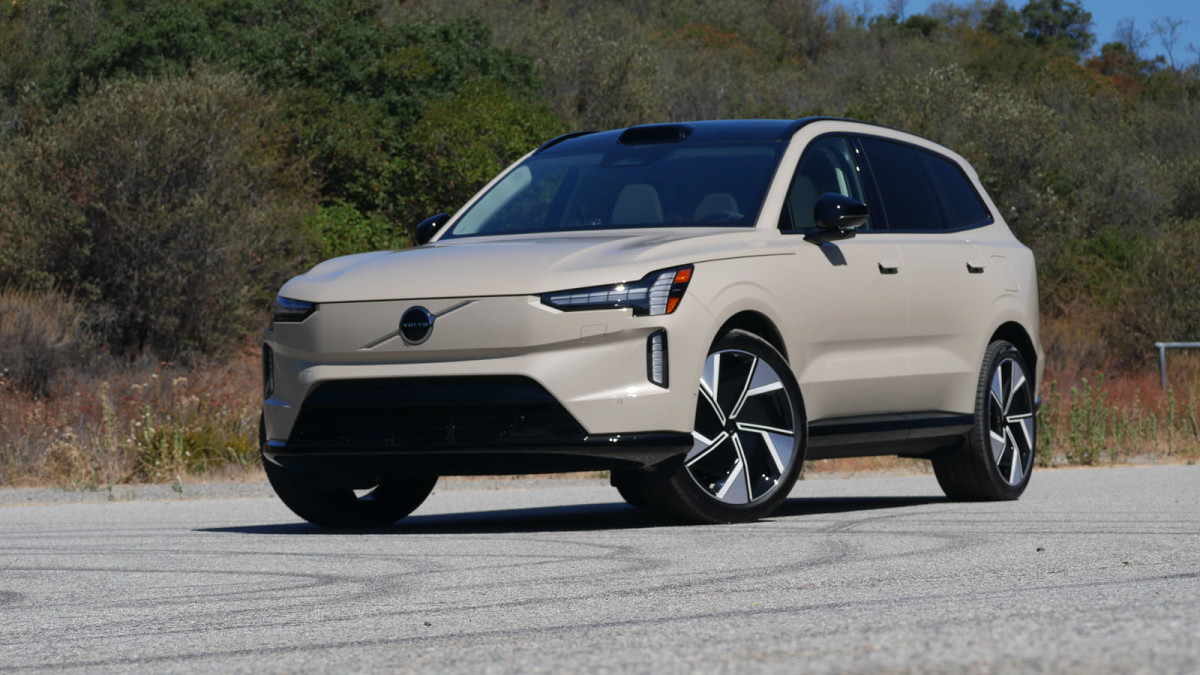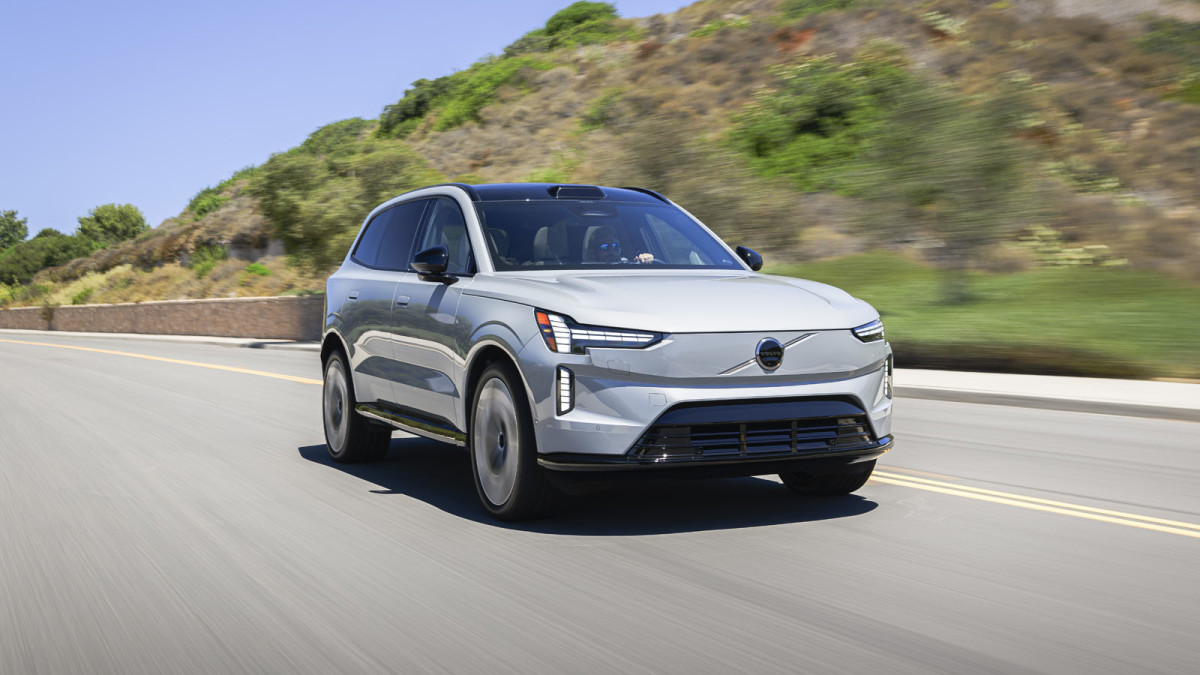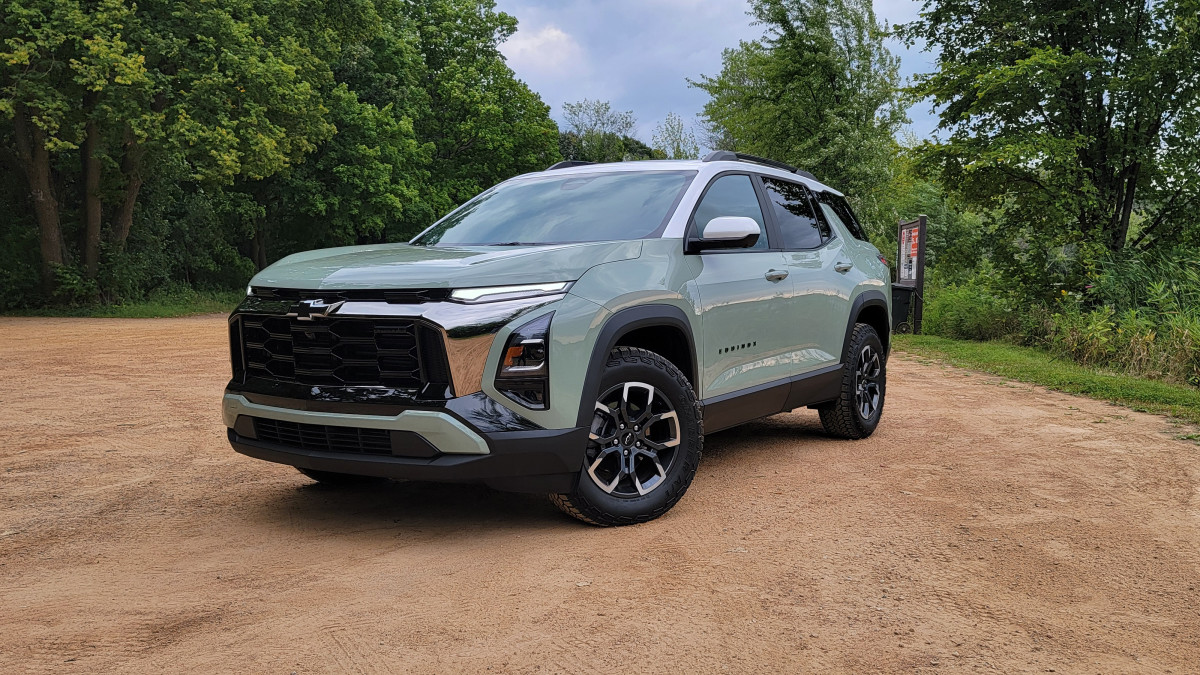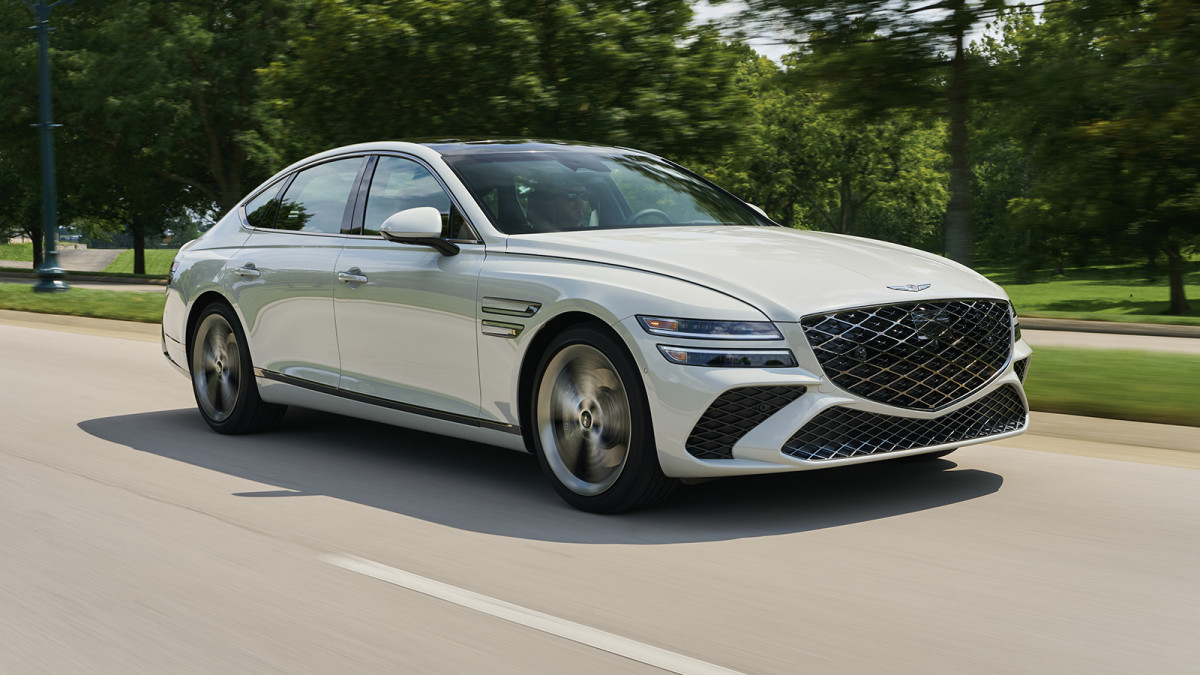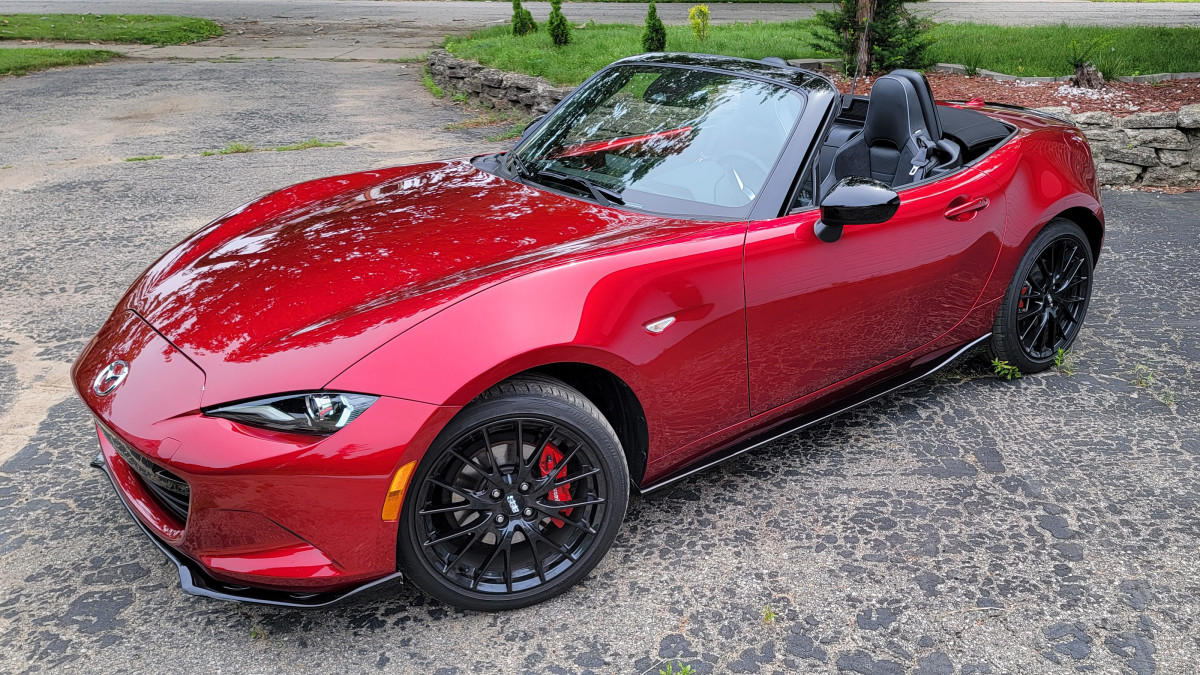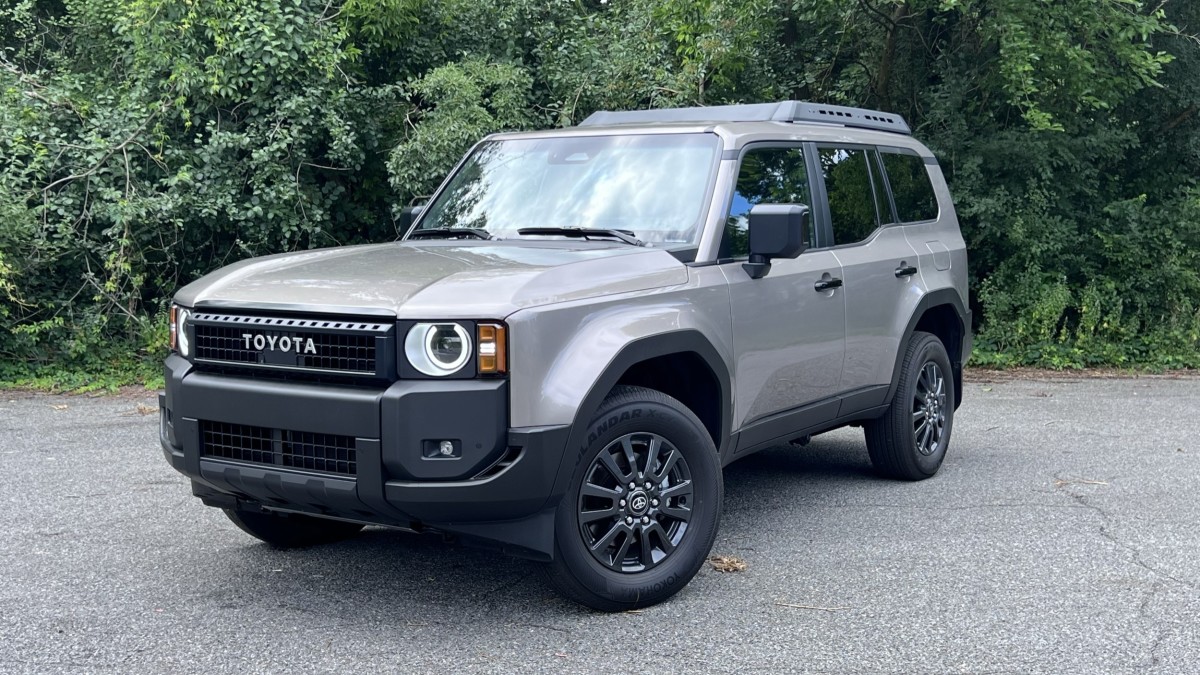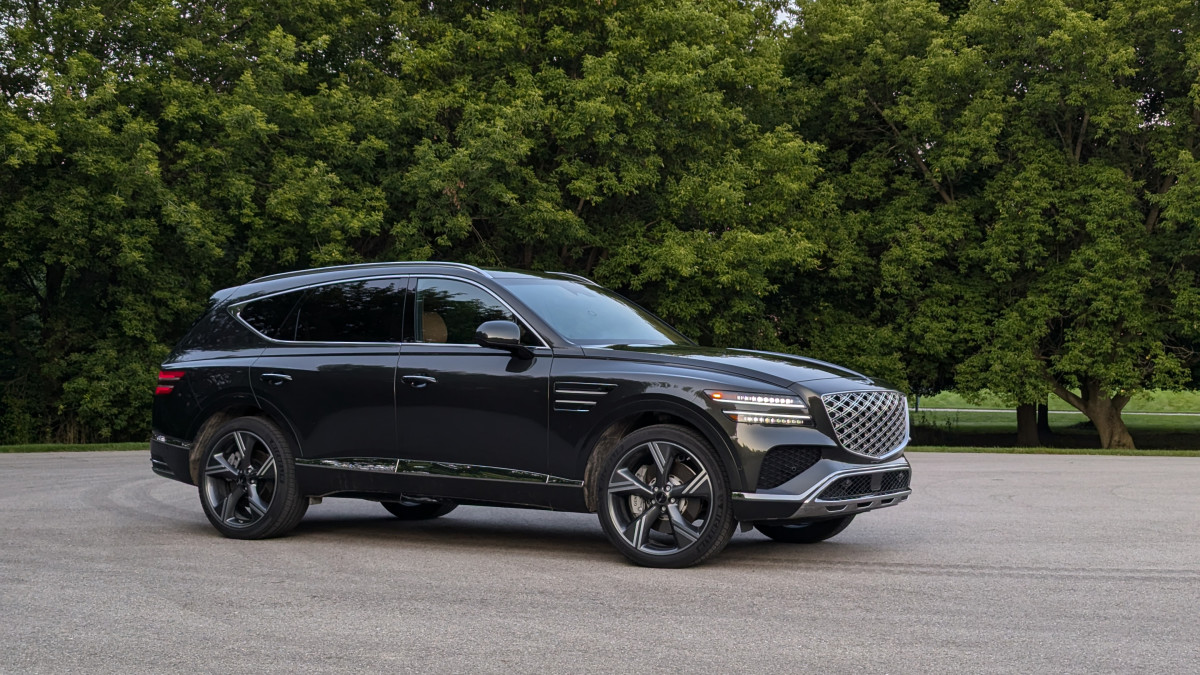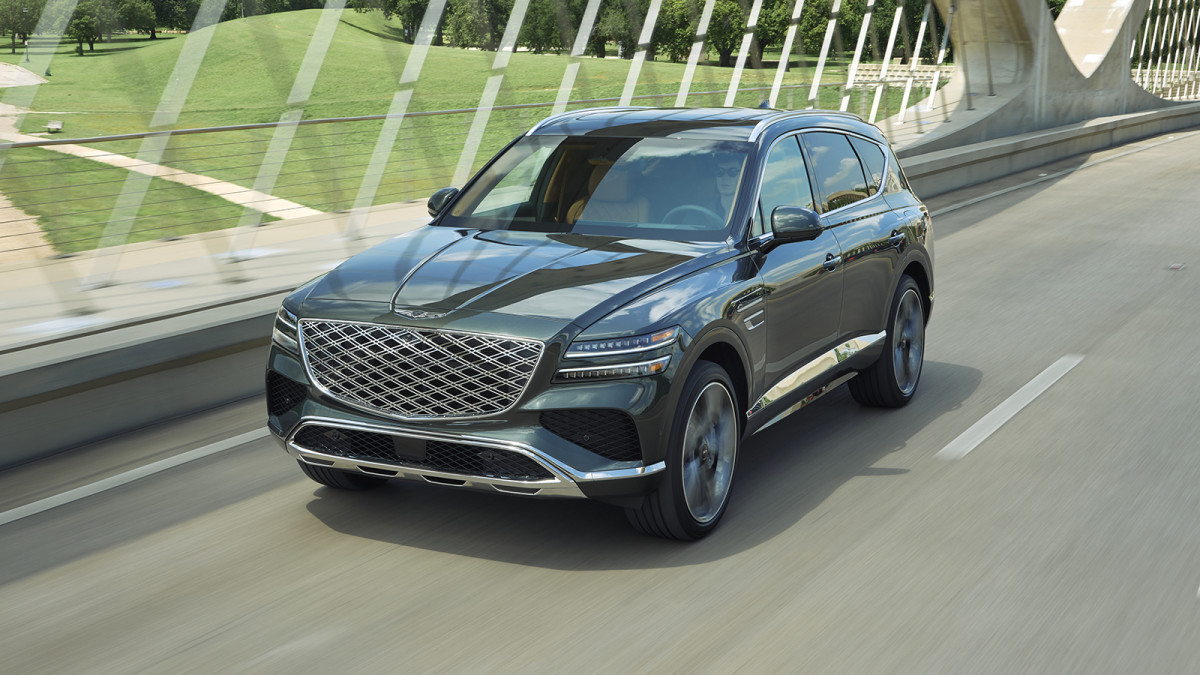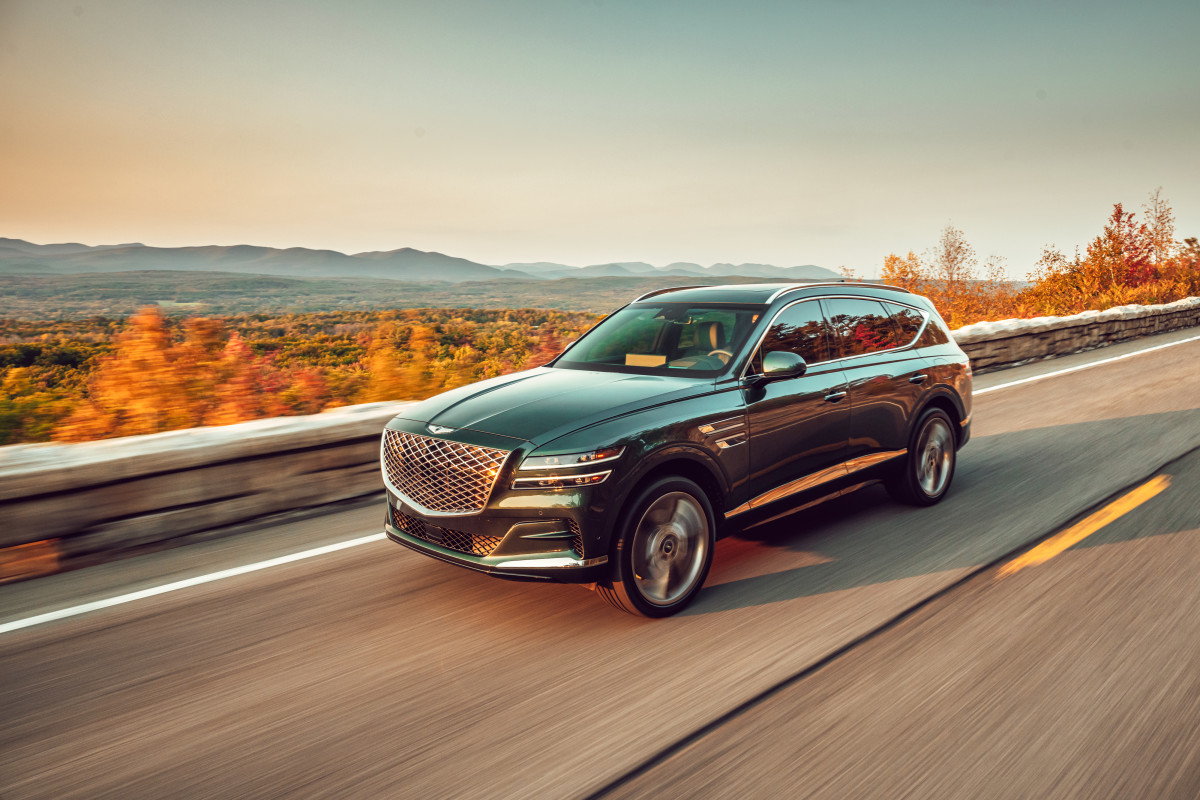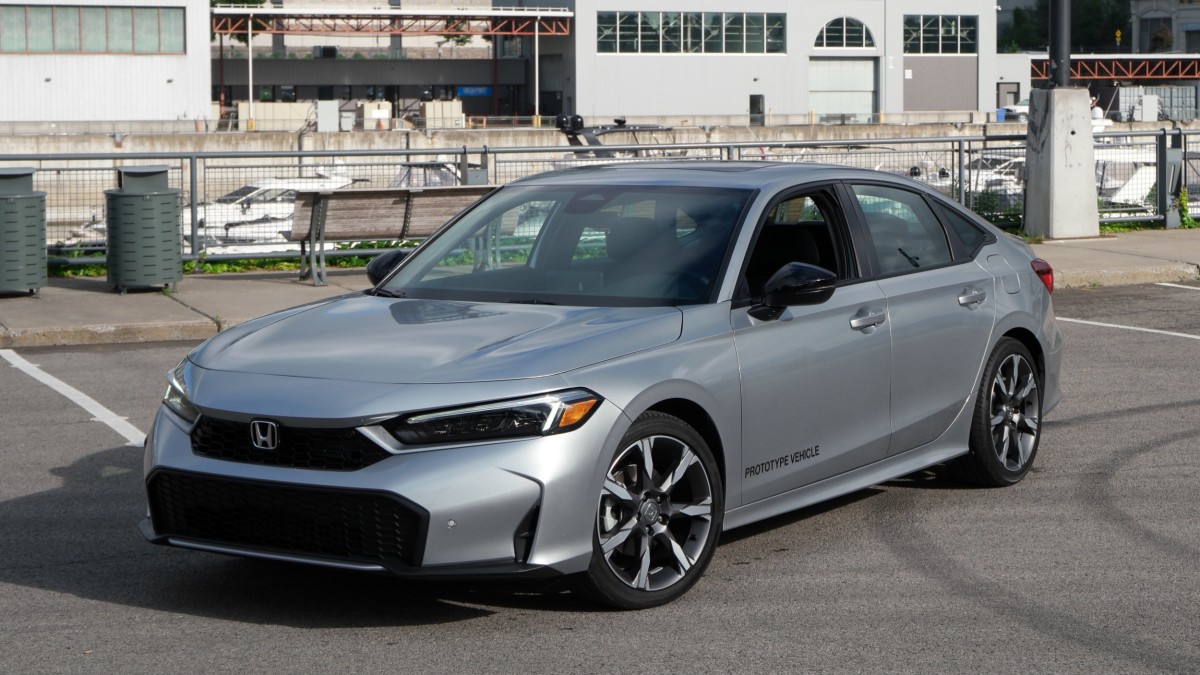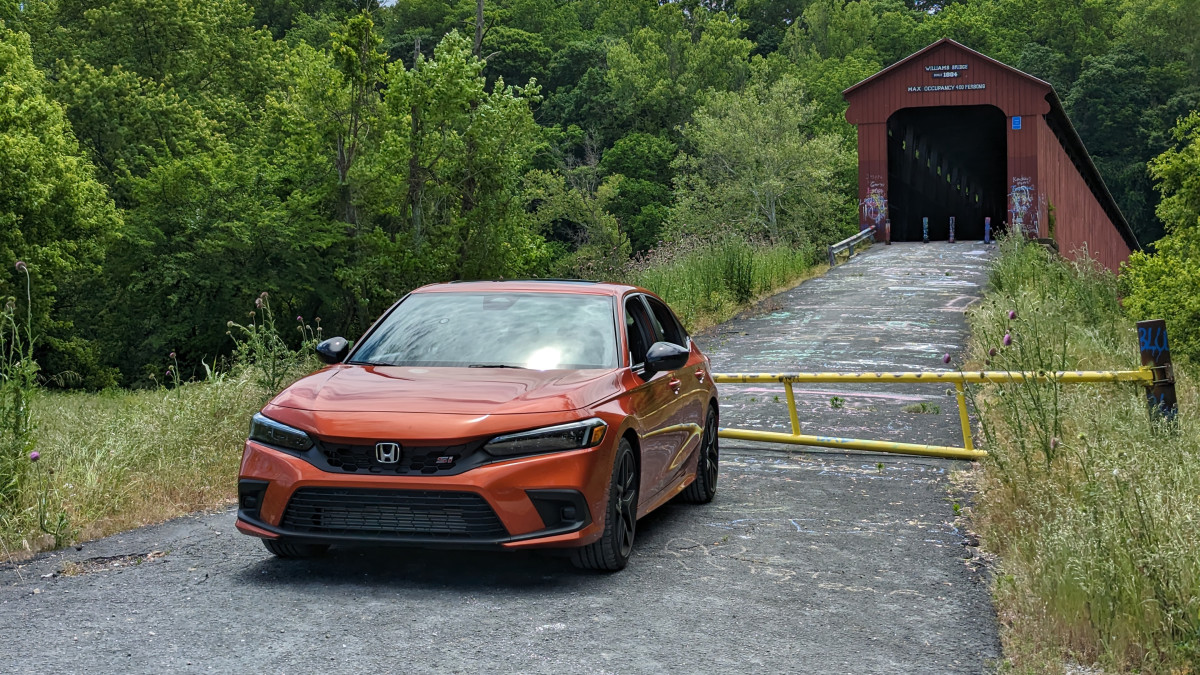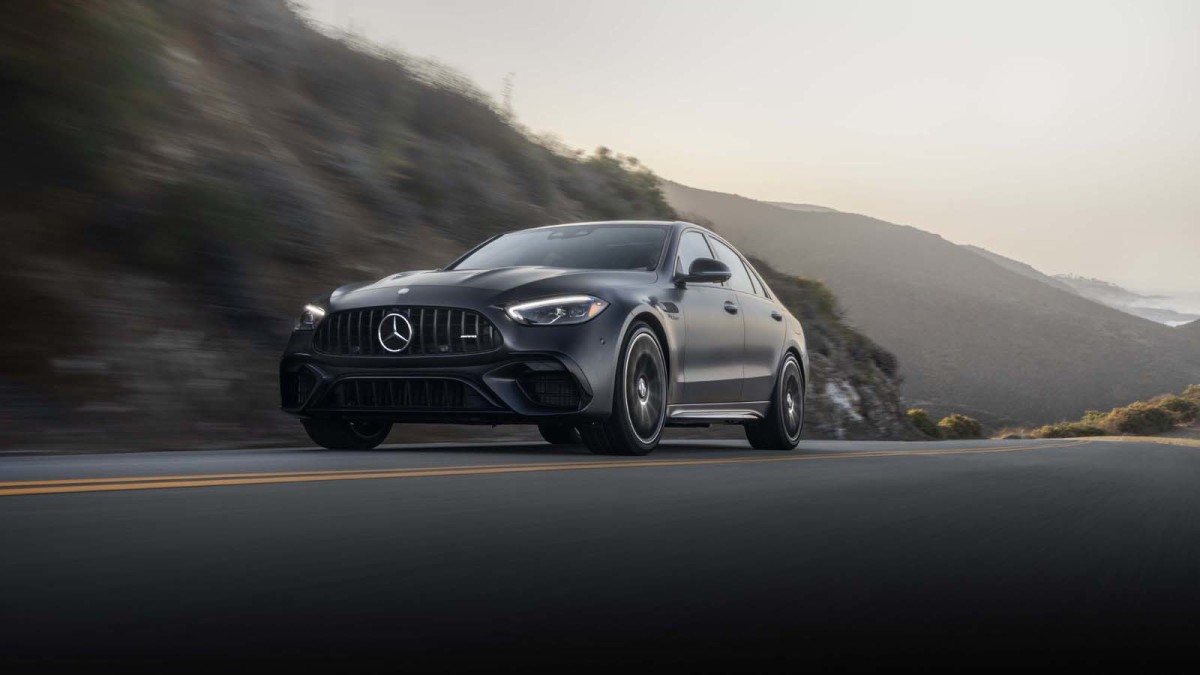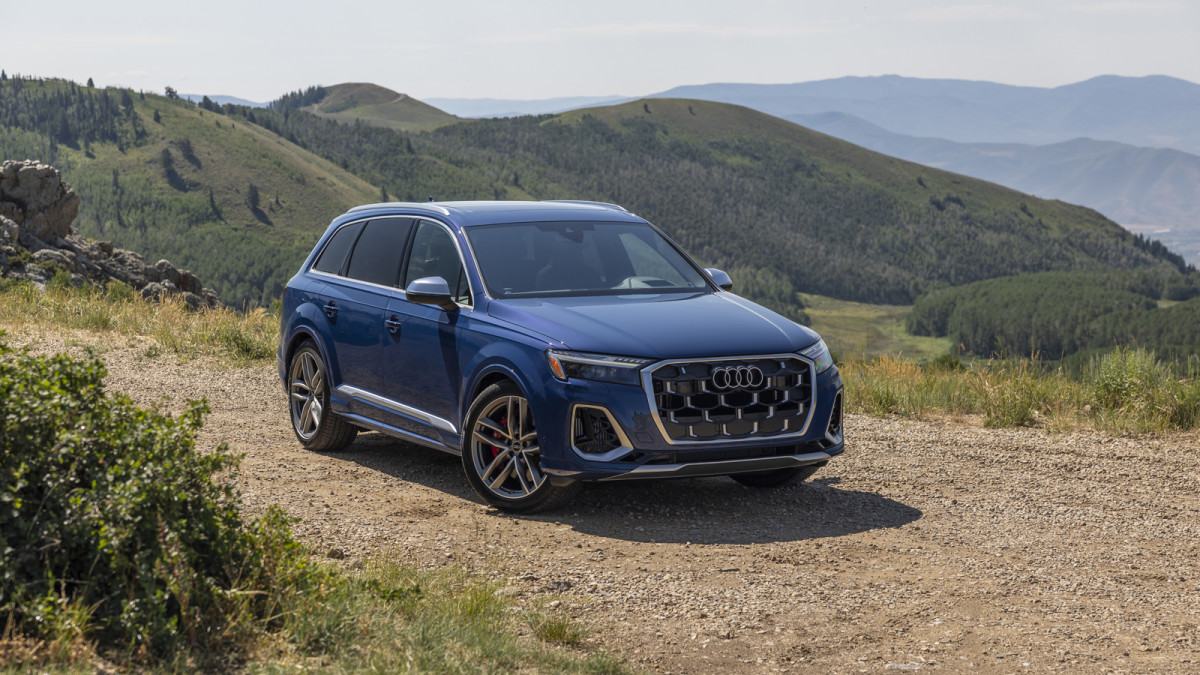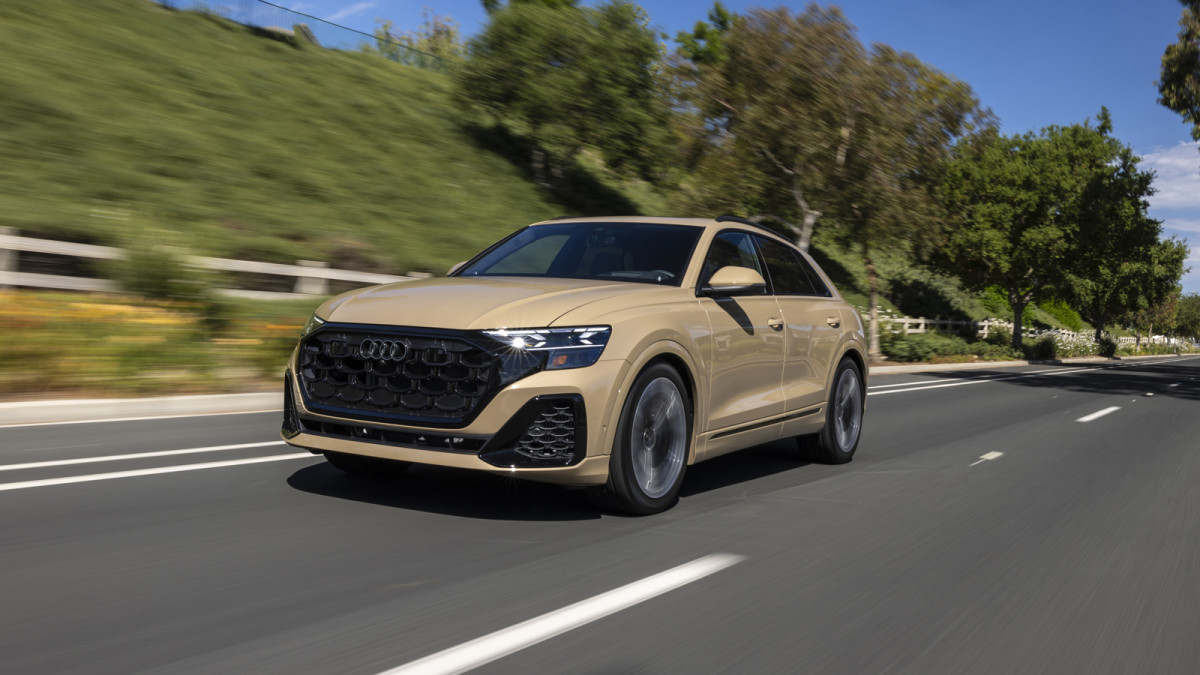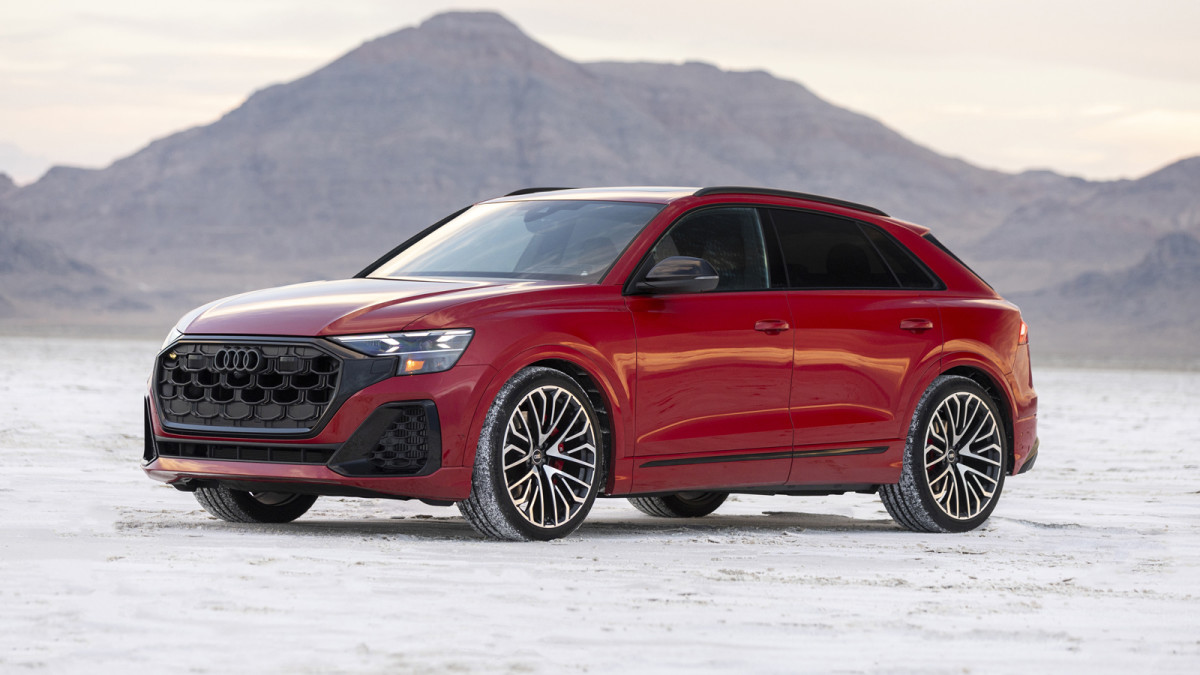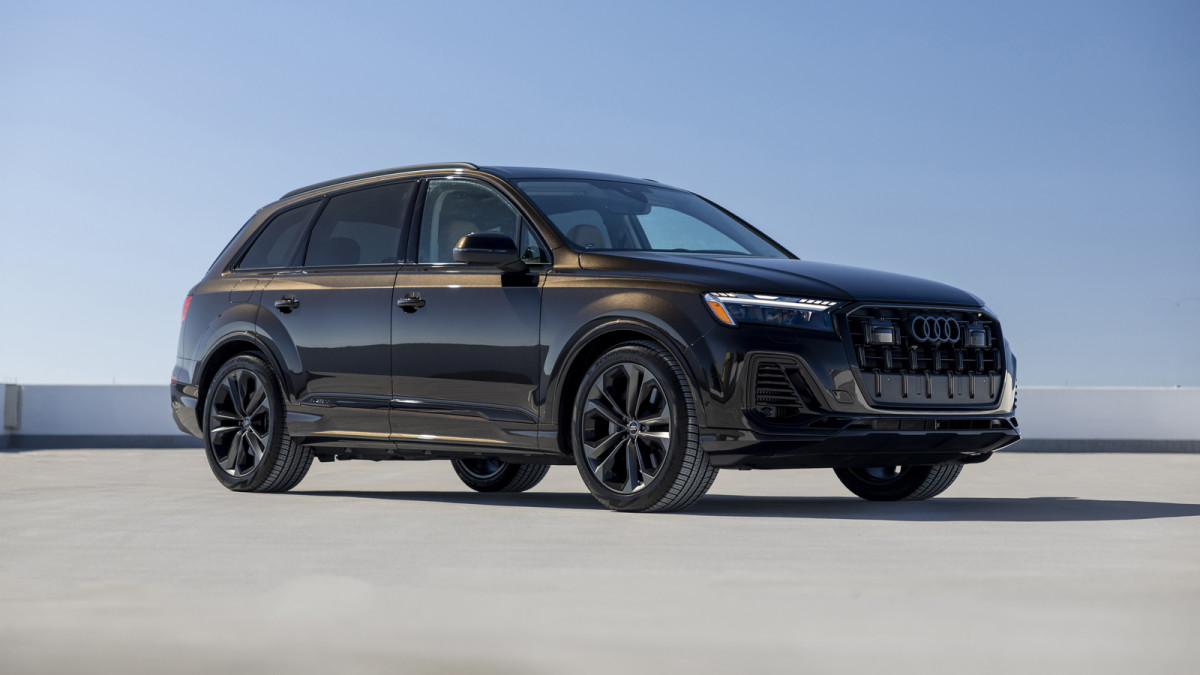
For most of us who love being outdoors, once summer hits and the temperatures sore there are a few ways to cool off: hit the lake or hit the mountains and go camping. I have a few go-to spots but one of my favorites is a lakeside campground up in the mountains with an abundance of sites as well as trails, but it books up quickly, normally months ahead of time. I was fortunate enough to snag a last minute cancellation this week, so I packed up the car with some of REI’s best camping essentials and spent a few days among the trees testing them out to see what you should bring on your next camping trip.
Here's my comprehensive review of the gear I plan on bringing along on future trips, focusing on their performance, functionality, and overall value. For a more comprehensive list of hiking and camping gear, read this.
REI Co-op Half Dome SL 3+ Tent - A big backpacking tent loaded with lightweight features

PROS | CONS |
Lightweight and compact Easy and quick setup Dual doors and vestibules | Limited space for gear inside the tent Not as durable as heavier tents Not suitable for large groups |
When it comes to tents, there are many types: roof top tents, expedition tents, bivy sacks just to name a few. For this trip I used two different tents from REI, a lightweight backpacking tent and a much heavier 3-season dome tent, the Half Dome SL 3+ Tent with Footprint being the former.
As someone who has camped in all sorts of tents, trailers, vans, campers and hammocks, my favorite way to spend the night while still feeling like I’m lying out in nature has to be in a backpacking tent. Built to be packed in your backpack and carried with you on the trails, these tents are lighter weight than other tents and, in my experience, much easier to set up.
Key Specs
- Packaged Weight: 5 lbs. 11.7 oz.
- Trail Weight (tent body, rainfly and poles only): 4 lbs. 13 oz.
- Capacity: 3 people
- Dimensions: 90 x 78 inches (floor); 44 inches (peak height)
- Materials: Ripstop nylon rainfly; mesh canopy; polyester footprint
- Features: Color-coded setup, double-wall construction, two doors and vestibules, included footprint for added protection
- Ventilation: Large mesh panels for enhanced airflow
Speaking of setting up, it couldn’t be easier than it gets with the Half Dome, thanks to color coded poles and the clip system, which eliminates the need to slide the poles through sleeves. Also, the poles themselves all connect as one, so you aren’t searching around wondering which pole goes where. Even setting up the rainfly, which I used because of the thunderclouds overhead threatening to soak my campsite, was a simple process.
When it comes to size, for a backpacking tent the Half Dome SL 3+ does what it says it will do, which is fit three campers relatively comfortably. With some simple math, at 90 by 78 inches, each person gets roughly 30 by 78 inches of room if you divide things evenly which sounds like quite a bit. When you factor in room for your gear, things get a little bit tighter. That’s where the rainfly comes in handy. With the rainfly assembled the tent has not one but two exterior vestibules that will keep your boots and gear covered, allowing for even more space inside.
Speaking of the room inside, it is important to note that this is a backpacking tent, which is lighter than your average car camping tent, which means that something had to go. Most backpacking tents aren’t as tall as regular car camping tents, and the Half Dome is no exception. Unless you are a child there will be no standing up in this tent, not even while hunched over. This makes it harder to get changed and move around easily, but saves a ton of weight and is something to note when looking at what type of tent you should buy.
For most of the tents out there, the footprint, the piece of durable fabric that you place under your tent to help prevent wear and tear from rocks, roots, and moisture, is an item that you have to purchase separately. This not only adds to the cost of the tent but to the weight that you’re carrying as well. This isn’t the case with the Half Dome SL 3+. Included in the price and the total weight is a footprint that comes attached to the bottom of the tent, making for an easy setup and a more comfortable tent floor. Don’t want/need the footprint? No problem. It’s easily removable.
REI Co-op Magma 15-Degree Sleeping Bag - Lightweight warmth in a ton of sizes

Pros | Cons |
Lightweight and Packable High-loft down Multiple sizes to ensure accurate fit | Mummy design can feel restrictive Loses insulating properties when wet |
When it comes to dialing in comfort for those nights under the stars, the REI Co-op Magma 15-Degree Sleeping Bag hits all the right notes. This bag’s nine different inclusive sizing options means everyone can find their perfect fit, tailored to body shape and sleeping preferences. Its light performance fit contours to your body, minimizing weight while maximizing thermal efficiency. Wrapped in a recycled shell and filled with water-resistant 850-fill-power goose down, it promises cozy warmth and an ultra-soft feel. Plus, the nonfluorinated durable water repellent (DWR) finish ensures moisture beads up and rolls off effortlessly.
Key Specs
- Temperature Rating: 15°F (-9°C)
- Weight: Approximately 2 lbs 3.6 oz (size medium)
- Insulation Type: 850-fill-power goose down
- Shell Fabric: 15-denier ripstop nylon with durable water repellent (DWR) finish
The hood, with its contoured shape, fits snugly around your head and cinches up easily for extra warmth, thanks to dual drawcords. Inside, variable baffle spacing keeps the down fill perfectly in place, boosting thermal efficiency and keeping the weight low. The zipper path, which smartly wraps around the front of your chest, makes zipping in and out a breeze, while the "anti-snag" strip and zipper cover do their best to eliminate those frustrating snags (I still had one or two but far less than I normally do in my down sleeping bags). The trapezoidal footbox offers room to wiggle your toes, yet cuts down on excess space to keep things toasty and lightweight. An insulated yoke seals off the neck and shoulder gap, locking in heat where you need it most. And for those small essentials? An interior stash pocket keeps them within easy reach.
Pack it all up in the included stuff sack for your adventure, and when you’re back, store it in the roomy mesh sack for breathable storage. Maintenance is simple: hand-wash or machine wash warm on a gentle cycle in a front-load washer, and then air dry or tumble dry on low. Say goodbye to cold, uncomfortable nights—this bag has you covered.
While I found the fit to be great, it did take some getting used to, as my other mummy bags are a bit looser than the Magma. At first what could be described as claustrophobic-ly tight, once I settled down for the night and got used to the bag moving with me I found the fit to be quite comfortable. That said, if you want more room, my advice would be to go to your nearest REI store and try out a larger size.
Black Diamond Spot 400-R Rechargeable Headlamp - Convenient and rechargeable light at night

Pros | Cons |
Rechargeable Incredibly bright Compact and lightweight | Limited battery life on high settings Multiple modes and buttons can be confusing USB-Micro charging port is outdated |
Story time: over a decade ago I was a novice when it came to camping. The sun was setting on our Glacier National Park campsite so I made the trek to the bathroom to wash up and brush my teeth before bed. Not having spend the money on a headlamp, I figured the tiny light from my phone would be enough to get me back to camp. By the time I was done and headed back the forest had turned pitch black. I kept the light aimed at the ground to make sure I wasn't tripping over anything when a forehead-level branch the size of a Louisville Slugger made contact with my head. I fell asleep that night head-throbbing and vowed to never forget to bring a headlamp along on a camping trip again.
Key Specs
- Lumens: Up to 400 lumens
- Battery: Rechargeable lithium-ion battery (included)
- Weight: 2.6 oz
- Beam Distance: Up to 100 meters (high setting)
The Black Diamond Spot 400-R Rechargeable Headlamp is a game-changer for night-time adventurers. Packed with a powerful 1500 mAh Li-ion battery and a handy micro-USB charge port, this headlamp ensures you're never left in the dark. It cranks out an impressive 400 lumens, lighting up the trail ahead with ease. The headband, crafted from recycled elastic and Repreve fiber, sits comfortably against your skin, making those long nights out feel a bit more manageable.
This headlamp's IP67 rating that guarantees performance even after being submerged in a meter of water for 30 minutes. Versatility is at its core, with settings ranging from full strength in proximity and distance modes to dimming, strobe, and red night-vision. It even includes a digital lock mode to prevent accidental battery drain. Speaking of which, the integrated battery meter keeps you informed of your remaining power at all times.
What sets the Spot 400-R apart is its Brightness Memory feature, allowing you to switch it on and off at your preferred brightness without resetting to default. The multifaceted optical efficiency lens technology ensures every lumen is put to good use, and the red night vision mode, complete with dimming and strobe options, activates seamlessly without cycling through the white light—perfect for those stealthy nocturnal missions. On top of all that, all Black Diamond lighting products are backed by a comprehensive three-year warranty policy, ensuring reliable performance and peace of mind for your outdoor adventures.
Yeti Tundra Cooler (35, 45 and 65-quart) - A solid, high-end cooler with a price tag to match

Pros | Cons |
Keeps ice frozen for days Made to withstand rugged use Large enough for long trips | Heavy, especially when fully loaded Premium price tag Takes up significant space |
If you're reading this there's no doubt you've heard of the brand Yeti. The Yeti Tundra 65 Cooler offers a robust 57.6-liter capacity that can hold 39 cans plus plenty of ice, and it's perfectly designed to accommodate long-neck bottles (though I don't recommend bringing glass to a beach or campsite). Constructed with rotomolded polyethylene—the same process used to make whitewater kayaks—this cooler is built to withstand the toughest impacts and endure years of rugged use. Its extra-thick walls house proprietary PermaFrost insulation, pressure-injected to provide exceptional resistance to external temperatures, keeping your contents chilled for extended periods. Durable rubber T-latches fit snugly into the molded latch keepers, ensuring the lid stays securely closed, while the Interagency Grizzly Bear Committee certifies the Tundra 65 as bear-resistant when secured with two padlocks (not included), making it perfect for keeping your food safe in bear country. My campsite, like many I've visited, came supplied with a bear box so all I needed to do was put the cooler in and shut the door.
Key Specs
- Capacity: Holds up to 39 cans
- Weight: 27 lbs (empty)
- Dimensions: 30.5 x 17.4 x 16 inches (LxWxH)
- Material: Rotomolded polyethylene with PermaFrost insulation
Convenience is key with the Tundra 65, featuring molded tie-down slots for secure mounting in your boat or truck, allowing easy access to the cooler's contents even when it's strapped down. A full-length, rustproof aluminum rod connects the body and lid, with molded hinge stops ensuring the hinge will never break. The screw-in gasketed drain plug ensures leak-free performance and easy draining of water without fully removing the plug.
Carrying the loaded cooler is made easier (not easy) with haul handles on the ends, secured with marine-grade nylon rope and textured grips for a secure hold. Integrated recessed handles are also available for solo carrying. Inside, an included dry goods rack keeps your sandwiches and other items from getting soggy. Non-marking rubber feet on the bottom prevent the cooler from sliding around on the deck of your boat or in the back of a truck.
The Tundra 65 is a great cooler, but if you're solo camping like I was, and the campsite is a little ways from your vehicle, also like mine was, I suggest you look elsewhere. Once fully-loaded for a weekend or weeklong trip, the 65 (or even the 35) is very heavy and will leave you sweating before you even begin to setup camp. Instead, the Yeti Tundra Haul wheeled-cooler is easier to move and still featured everything there is to love about the regular Tundra.
Patagonia Black Hole Mini MLC - The best for overnight, weekend, and other one-bag adventures

Pros | Cons |
Can be used as a backpack, shoulder bag, or duffel Made from tough, water-resistant materials Personal carry-on bag size | Small for longer trips or heavy-packers Premium price tag No wheels for those who prefer rolling luggage |
I am a bag-aficionado, or as my friends and family call it, "you have a bag problem," meaning I am always on the lookout for the best bag for my trips. I finally found my white whale nearly a decade ago when Patagonia came out with the MLC 45 and my wife bought it for me for my birthday. I loved everything about it: the color, the organization, how comfortable it was, and for years it has accompanied me on my travels, from Antarctica to Patagonia, Iceland to Japan, New Zealand to Australia. At 45 liters it is the perfect size for overhead compartments (MLC stands for maximum legal carry-on).
Key Specs
- Capacity: 30 liters
- Weight: 2 lbs 13 oz (1.29 kg)
- Dimensions: 20" x 12" x 7" (LxWxH)
- Material: 100% recycled polyester ripstop with TPU-film laminate and DWR finish
These days as a dad I try and pack a bit lighter, since most of our carry-ons are filled with diapers, bottles and other child-related items. That leaves the room under the seat in front of me on the plane for my gear, which domestically means the bag should not exceed 18 inches by 14 inches by 8 inches. A quick look at the specs above shows that this bag just barely exceeds that measurement, but if you don't overstuff it, it'll fit with ease. I've tried this on Delta, United, American and even Frontier baggage testers and it has fit in all of them, though your mileage may vary.
When it comes to blending durability with versatility, the Patagonia Black Hole Mini MLC 30L hits the sweet spot. This scaled-down version of my favorite 45-liter MLC is perfect for me, featuring tuck-away shoulder straps and a quick-stash padded hip belt that doubles as a shoulder strap, offering multiple carrying options. Whether you're using it as a backpack, shoulder bag, or duffel, the straps can be conveniently tucked away, allowing for a seamless transition between modes.
Inside, the Mini MLC offers ample space and smart organization. The large main compartment includes two interior organization pockets, while an exterior stretch-mesh pocket fits a variety of water bottles. A dedicated padded laptop pocket accommodates most 15" laptops and features a TSA-compliant design that lies flat for easy inspection. External lash points provide additional gear attachment options, and a wide webbing loop on the back can be used as a grab handle or slipped over rolling luggage handles for added convenience.
The Mini MLC isn't a camping-specific bag, nor is it one that I would bring along if I was solely backpacking, as there are plenty of bags that will do better for those circumstances. That said, if I were to pick one travel bag to cover all my bases, including car-camping, the MLC would be it.
Other Top Picks
- REI's 4th of July sale: Save big on outdoor gear and apparel from Yeti, Patagonia, The North Face and more
- 7 inexpensive items that will up your car-camping game in 2024
- Turn your car into a comfortable camper for less than $100
- We tested the $16 REI Camp Mug to see how well it stood up to Yeti and MiiR

